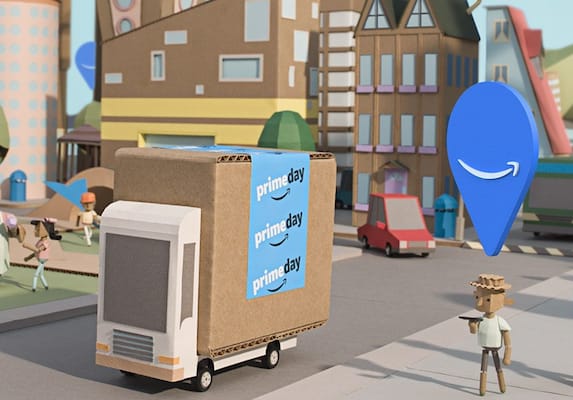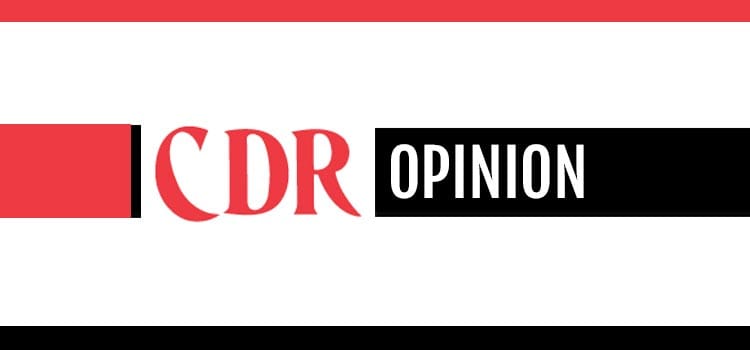The second annual Amazon Prime Day was held this month and, despite early technical problems that slowed down the checkout process for some customers, it was another in a series of successes for the nation’s leading online merchant.

The company reported that the event was the best day in Amazon.com’s 22-year history, with sales in the United States up 50% from a year ago. The performance was even more impressive in other countries: Prime Day volume rose 60% on a global basis.
Perhaps more important than the sales gains, the promotion — which Amazon vice president vice Greg Greeley says was created as a special benefit for members of Amazon Prime, the program which for an annual fee provides, among other things, unlimited two-day shipping and streaming of movies, television shows and music — prompted many people to sign up for the plan. That commitment makes them much more likely to make purchases at Amazon during the year.
Prime Day is more evidence, if any were needed, that consumers are doing at least some of their shopping online. The trend has been apparent for some time now in many general merchandise categories, but it is becoming increasingly evident in such sectors as grocery, where internet merchants, including Amazon, are making a major thrust.

All of which calls into question where the traditional brick-and-mortar store will fit in the retail landscape as the 21st century progresses. Shopping as we’ve known it isn’t going to disappear anytime soon. Consumers are accustomed to being able to experience products directly before they buy them, something that is particularly important in categories like fresh food, beauty aids and apparel. Immediate need for some products and the social element of shopping are other factors that will keep people coming back to traditional retail outlets.
Still, with the undoubted advantage in convenience and often an edge in price that online retailers enjoy, it is likely that as time goes on fewer brick-and-mortar stores will be needed. Back when Amazon was in its infancy and only sold books, it was often asked if the retail marketplace was over-stored. The question is more relevant than ever in a world that is now saturated with online shopping options, including those offered by most traditional mass market retailers.
The issue is illustrated by one largely residential neighborhood in an outer borough of New York City. Within a radius of a few blocks, there are no fewer than eight chain pharmacies and two independent drug stores. While not a typical market, one wonders if that many pharmacies are needed to meet the needs of consumers there. Similar situations on a smaller scale can be found in many suburban areas, where competing retailers occupy different corners of the same intersection.
One has to assume that all of the stores in that New York neighborhood are profitable or they wouldn’t remain open. But it would be instructive to know how business at those outlets is trending in terms of foot traffic, comparable-store sales and operating earnings. If online retailers continue to gain market share, particularly in front-end categories, it’s hard to see how that many retail pharmacies can coexist in one small neighborhood.
Against that backdrop, the aggressive expansion efforts of CVS Health and Walgreens Boots Alliance might give one pause. The former last year acquired 1,660 pharmacies from Target, and the latter is awaiting Federal Trade Commission approval of its purchase of some 4,600 Rite Aid drug stores.
Even with the coming shakeout, those moves make sense. Interpersonal relationships between pharmacists and patients are the foundation of effective pharmacy care, and they are especially important for patients taking multiple medications. Mail-service providers and internet pharmacies have yet to find a way to replicate that experience.
Viewed from another perspective, the expansion of WBA and CVS puts them in a position of strength if the rationalization of the nation’s brick-and-mortar store base does occur. The companies will be able, based on consumer demand, to retain stores that address real needs and meet the coverage requirements of third-party payers.







